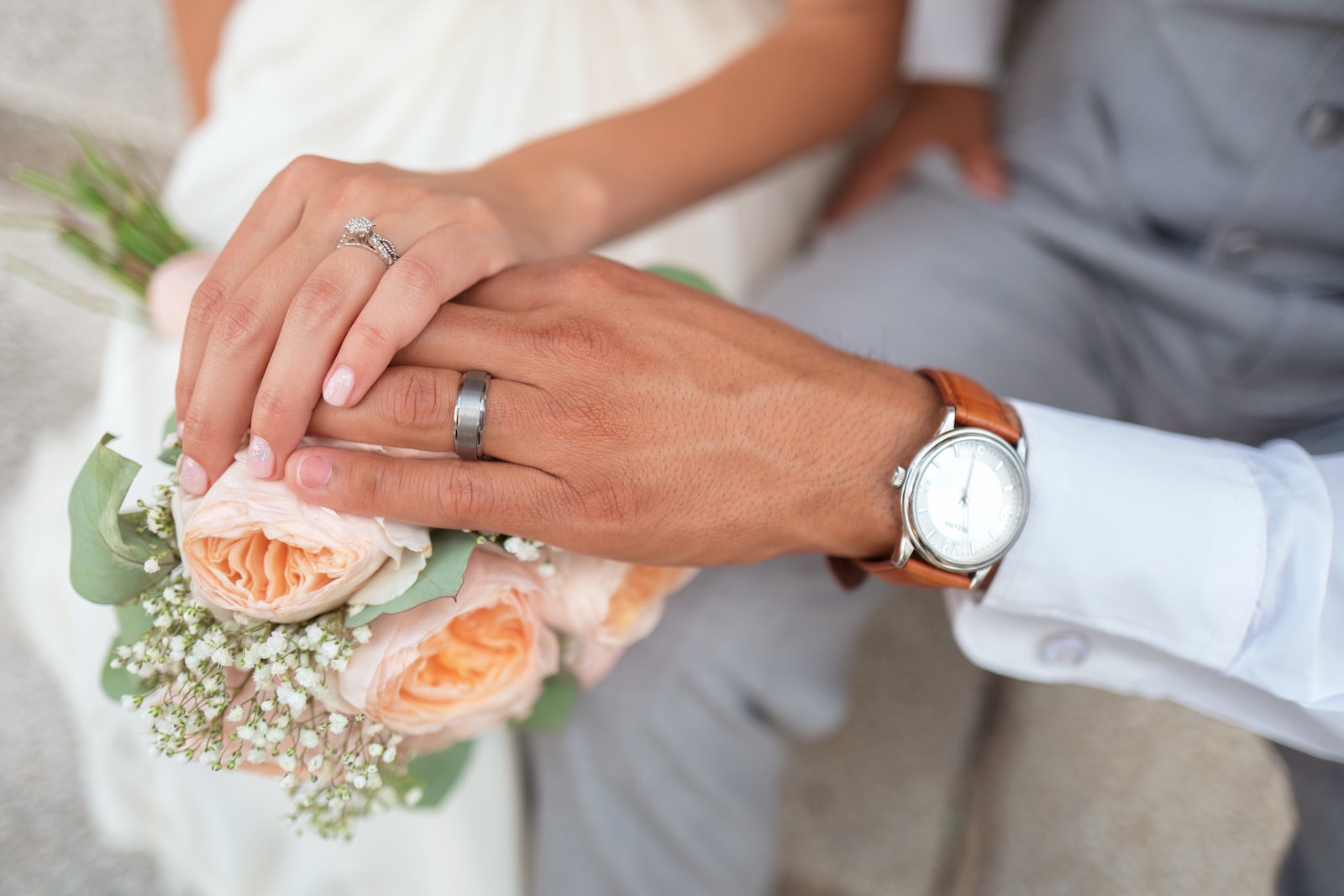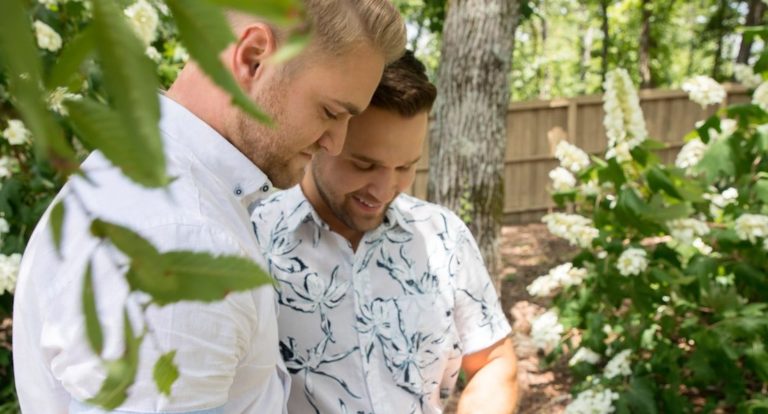Visiting my Fiance in the United States
Considerations to take when visiting your future spouse
Congratulations on planning to marry a U.S. citizen or green card holder! It’s essential to consider how your upcoming marriage may impact your ability to travel to the United States. To avoid any complications, if you are engaged to a U.S. Citizen, you can apply for a K-1 fiancé(e) visa – which will allow you to enter the United States, get married, and stay while your green card application is being processed. Keep in mind that if you want to visit the United States temporarily before obtaining a green card, you may face scrutiny from officials at the U.S. Citizenship and Immigration Services (USCIS), U.S. Department of State (DOS) at a U.S. Embassy or Consulate, or Customs and Border Protection (CBP). The government wants to ensure that you’re not using a temporary visa as a means to stay permanently in the country. If you have a fiancé(e) in the United States, USCIS, DOS and/or CBP officials may question whether you plan to leave before your temporary visa expires.
Visiting the U.S. Before You File the K-1 Fiance Visa
If you are considering using a K-1 fiancé(e) visa, your U.S. Citizen fiancé(e) will need to file an I-129F Petition to request the visa on your behalf. If this petition has not yet been filed, then the U.S. government will not have any record of your planned marriage. Therefore, you shouldn’t have any difficulty visiting the United States on a temporary visa, such as a tourist visa. However, it is still essential to answer truthfully if a USCIS, DOS or CBP official inquires about who you are visiting or if you are engaged to a U.S. citizen or green card holder.
Misrepresenting your situation can cause serious issues later when you apply for a fiancé(e) visa or marriage-based green card. It’s helpful to demonstrate a clear plan to return to your home country after your visit to the United States if any concerns arise about your future intentions. You may be able to demonstrate your intent to return to your home country before your visa expires by presenting various types of evidence. Examples include proof of continuing employment or enrollment in education in your home country, residential documents such as a lease agreement abroad, and a return ticket. These documents can help to convince U.S. officials that you do not intend to overstay your visa and remain in the United States indefinitely.
It’s crucial to note that you must never misrepresent your reason for visiting the United States, whether on an immigration form or in front of an immigration officer or CBP agent. Moreover, never lie about being married or engaged to a U.S. citizen or green card holder. Misrepresenting any information can jeopardize your future eligibility for a green card or even a temporary visa. Therefore, always be honest and upfront about your intentions to avoid any potential problems in the future.
Visiting the U.S. After You File the K-1 Fiance Visa
If your U.S. Citizen partner has submitted an I-129F petition on your behalf to obtain a K-1 fiancé(e) visa, traveling to the United States on a temporary visa can become complicated. This is because the I-129F petition serves as evidence of your intention to permanently reside in the United States, which conflicts with the purpose of a temporary visa. As a result, DOS (consular) or CBP officials will scrutinize your situation more carefully before allowing you to apply for or enter the United States on a temporary visa.
According to the Department of State, while I-129F beneficiaries are technically permitted to travel to the United States temporarily, it is not recommended because of the concerns raised by such travel. It is possible to be denied a temporary visa or turned away at a point of entry if a CBP officer suspects that you plan to stay in the United States beyond the duration of your visa.
Your country of origin can also play a role. U.S. government officials are more likely to permit visitors from trusted countries, such as those participating in the Visa Waiver Program, compared to those from countries with a significant history of visa fraud.
To avoid complications, the best option is to postpone your travel plans until your K-1 visa is granted. However, if you decide to travel anyway, it is crucial to provide compelling evidence that you will return to your home country before your visa expires. Employment contracts, lease agreements, and proof of future travel plans can all be useful in demonstrating your intent to depart the United States within the allotted time frame. Remember that misrepresenting your reason for visiting or overstaying your visa could have negative consequences for your eligibility for a green card in the future.
Visiting the U.S. After receiving a K-1 Fiance Visa
If your fiancé(e) has submitted an I-129F petition on your behalf and it has been approved, things can become a little more complicated. This is because the I-129F petition provides clear evidence that you have the intention to come to the United States and remain here permanently. This intention contradicts the purpose of a temporary visa, which means that officials from USCIS or CBP are likely to scrutinize your situation carefully before granting you entry into the United States on a temporary visa.
The Department of State cautions that even though I-129F beneficiaries can technically travel to the United States temporarily, it is not recommended due to the doubts raised by such travel. There is a chance of being denied a temporary visa, or being refused entry at a point of entry if a CBP officer suspects that you might intend to remain in the United States beyond the duration of your visa. Furthermore, your country of origin may also be a factor: U.S. government officials are more likely to allow visitors from trusted countries, such as those who use the Visa Waiver Program, compared to those from countries with high levels of visa fraud.
To prevent any issues, the best approach is to delay your travel plans until your K-1 visa is approved. However, if you choose to travel anyway, ensure that you have clear documentation to evidence/show that you will return to your home country before your visa or I-94 expires. This can include employment contracts, lease documents, and evidence of future travel plans outside the U.S.
After your I-129F is approved, you will receive a K-1 visa and will not be able to make temporary visits to the United States. The K-1 visa is valid for a single entry and cannot be reused, which means that you must remain in the United States once you arrive until you get married. However, there is an exception: K-1 visa holders can use automatic visa revalidation to make short trips from the United States to Canada, Mexico, or certain neighboring islands, as long as they return within 30 days. Keep in mind that there are risks involved with this strategy, so be sure to understand the process before leaving the United States.
Remember that you must use your K-1 visa to travel to the United States within four months of your I-129F petition’s approval, and you must marry within 90 days of your arrival in the United States. Failure to comply with these requirements will necessitate restarting the process from the beginning.
Once you are married, you will need to apply for a marriage-based green card.
Can We Marry Without a K-1 Fiance Visa?
Although it is possible to enter the United States on a temporary visa, such as a B-2 tourist visa or ESTA, and then get married, there are significant risks involved. If you choose to do so, you run the risk of being accused of misrepresenting your intentions, which could lead to your green card application being denied and being ordered to leave the country.
When considering whether you misrepresented your intentions, USCIS officials will use the “90-day rule.” This means that any marriages or green card applications that occur within 90 days of an immigrant’s arrival in the United States are subject to extra scrutiny and at times may be automatically determined to be a misrepresentation.
To avoid problems with USCIS officials, you would need to prove that you did not intend to get married or stay in the United States when you first arrived. While this is possible, it is not guaranteed, and the final decision rests with the USCIS officer who handles your case.
Therefore, it is usually preferable to use a K-1 visa if you plan to get married in the United States or to wait until 90 days after arriving on a temporary visa before getting married or filing for a green card. Using a K-1 visa will allow you to prove your intent to marry a US citizen or green card holder, and it will also provide you with a clear path to obtaining a green card after your marriage.

Simple, fast, and reliable K1 and Marriage visa filing
Our Love Visa makes your K1 Fiancé(e) and marriage immigration process easy, fast, and worry-free, guaranteed. We provide you with complementary tools and resources free that help you plan your future in the United States together. Learn about how OLV is helping couples through their K1 fiancé and marriage visa journey







